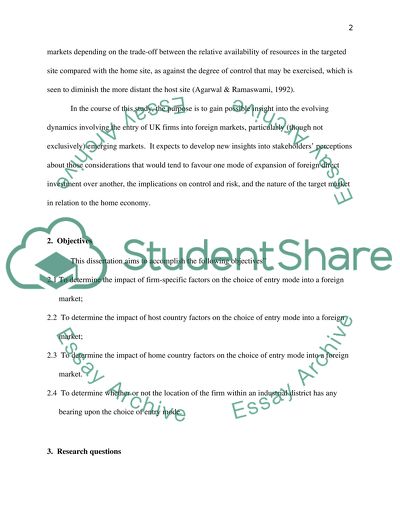Cite this document
(“Research Proposal Dissertation Example | Topics and Well Written Essays - 3500 words”, n.d.)
Retrieved from https://studentshare.org/other/1428763-research-proposal
Retrieved from https://studentshare.org/other/1428763-research-proposal
(Research Proposal Dissertation Example | Topics and Well Written Essays - 3500 Words)
https://studentshare.org/other/1428763-research-proposal.
https://studentshare.org/other/1428763-research-proposal.
“Research Proposal Dissertation Example | Topics and Well Written Essays - 3500 Words”, n.d. https://studentshare.org/other/1428763-research-proposal.


